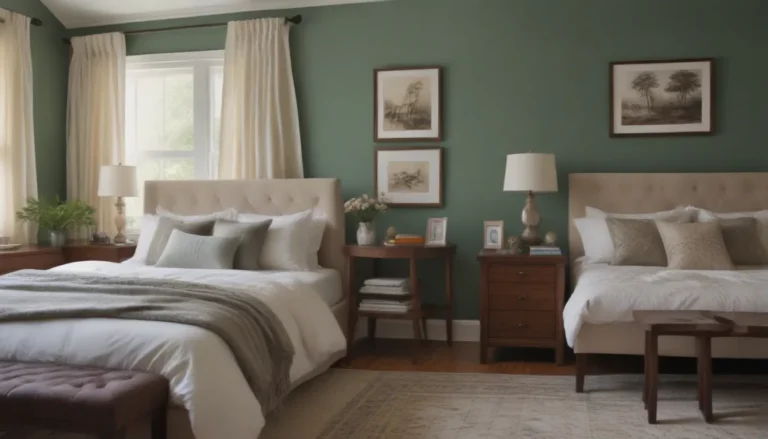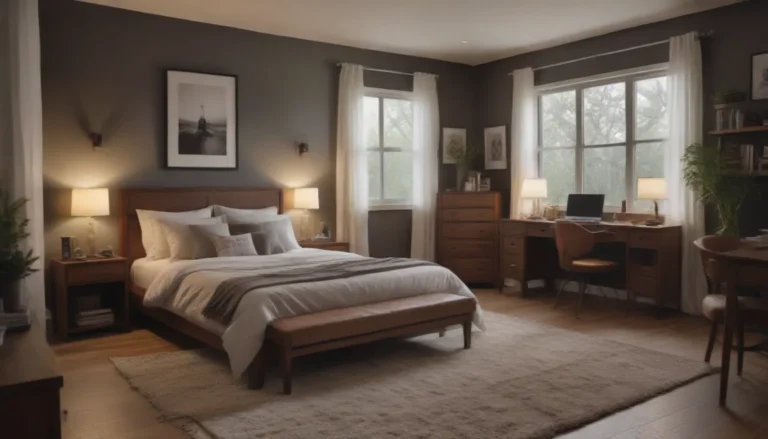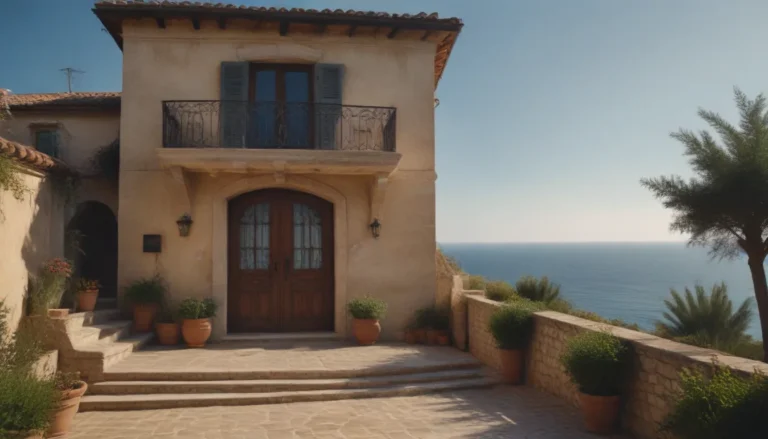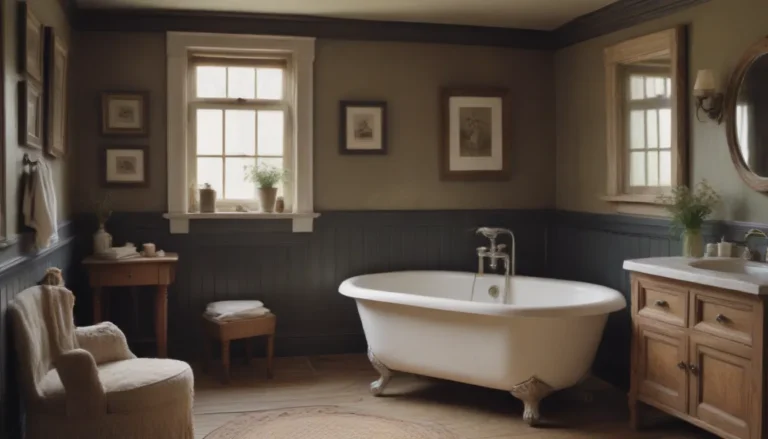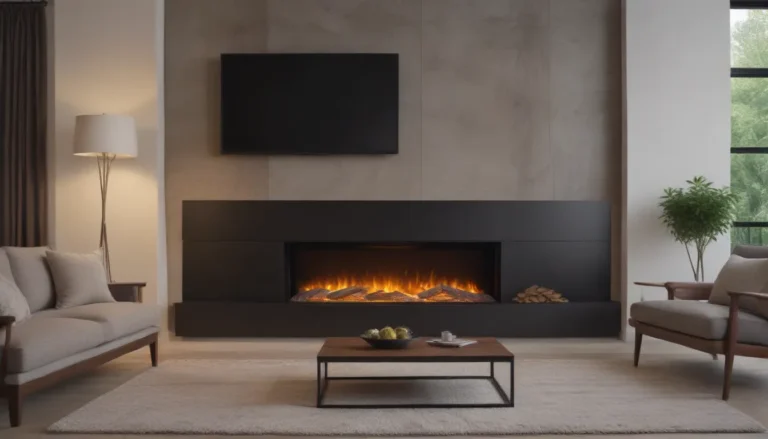The Appeal of Prewar Apartments
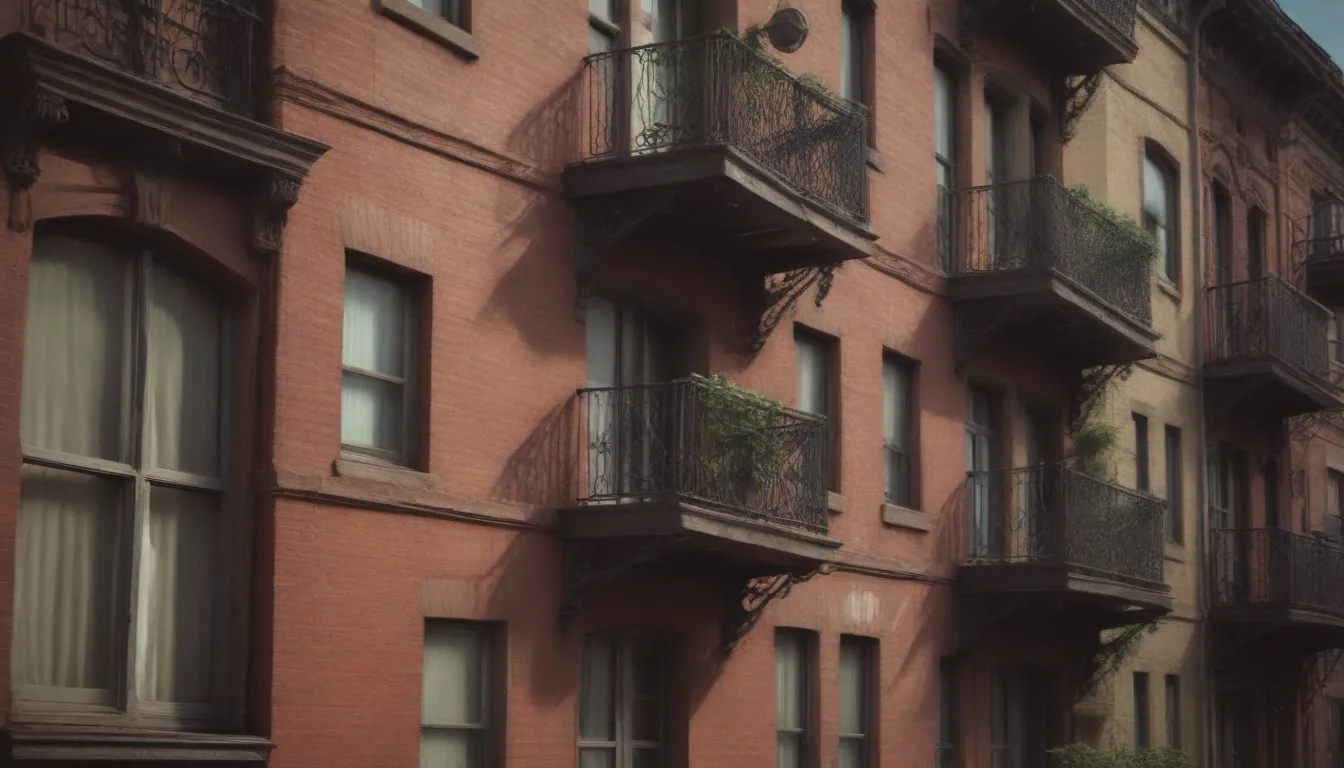
Are you captivated by the allure of prewar apartments? Do you find yourself drawn to the charm and character of buildings constructed before World War II? If so, you’re not alone. Prewar apartments hold a special place in the hearts of many, with their timeless appeal and unique architectural details.
Exploring Prewar Apartment Living
Prewar apartments were built during an era of urban growth, resulting in a diverse range of sizes and styles. From luxurious “mansions in the sky” designed to attract the elite to more modest buildings for middle-class residents, each prewar apartment has its own story to tell. Some of the most sought-after attributes of these luxury prewar dream apartments include:
- Character and charm
- Solid construction with fewer apartments per floor
- Plaster walls for noise insulation
- Architectural details like delicate moldings
Pros and Cons of Prewar Apartments
While living in a prewar apartment can be a dream come true for many, it’s essential to consider the pros and cons before making a decision. Here are some factors to keep in mind:
Pros:
- Sense of history and old-world charm
- Timeless appeal that grows with age
- Solid construction and architectural details
- Potential for historic restorations
Cons:
- Maintenance costs for renovations and restorations
- Issues with old pipes, faulty wiring, and lead paint
- Lack of modern amenities like central AC and in-house gyms
- Accessibility challenges for individuals with disabilities
Living in a prewar building often requires a delicate balance between preserving historic charm and adapting to modern lifestyles. Renovations may involve updating spaces to suit contemporary tastes while maintaining the integrity of the original design.
Iconic NYC Prewar Apartment Buildings
New York City is home to some of the most iconic prewar apartment buildings in the world. From the historic Dakota on the Upper West Side to the majestic San Remo overlooking Central Park, these buildings have left a lasting impression on the city’s skyline.
- The Dakota: Built in the late 19th century, this Upper West Side co-op is a New York City landmark and was once home to legendary musician John Lennon.
- The Apthorp: This grand Upper West Side condo has been a designated New York City landmark since 1969 and boasts a rich history of celebrity residents.
- The San Remo: Designed by renowned architect Emery Roth, this luxury co-op offers stunning views of Central Park and stands as a testament to prewar architectural elegance.
Energy Efficiency in Prewar Apartments
When it comes to energy efficiency, prewar apartments may present some challenges due to their historic construction. Issues like single-pane windows and lack of central AC can impact energy usage and comfort levels. However, with proper maintenance and upgrades, it’s possible to improve the energy efficiency of these classic buildings.
According to the Washington State Department of Archeology & Historic Preservation, there are myths and facts to consider when it comes to energy efficiency in prewar apartments. By addressing common issues like drafty windows and outdated heating systems, residents can enhance the comfort and sustainability of their living spaces.
Embracing the Prewar Lifestyle
If you’re considering a move to a prewar apartment, it’s essential to weigh the benefits and challenges of living in a historic building. While these apartments offer a unique blend of charm and character, they also require a commitment to maintenance and preservation.
By understanding the allure of prewar apartments and investing in their upkeep, residents can enjoy the timeless elegance of these architectural gems for years to come. Whether you’re drawn to the history of these buildings or the aesthetic appeal of their design, living in a prewar apartment is an experience like no other.
